- What are pigment dispersants?
Pigment dispersants are chemicals mainly used to disperse pigment particles in liquid media (usually liquid or slurry solvents), which can make the pigments evenly distributed in the solution without precipitation or aggregation. Pigment dispersants have a two-component structure, and their anchoring groups provide strong adsorption to the surface of the pigment. The polymer chain connected to the anchoring group can play a stabilizing role, which helps to maintain the stability of the pigment so that it can be better used in various products such as coatings, inks, plastics, cosmetics, pigment inks, etc.
Where there are pigments, there are dispersants, which means that they are present in a wide variety of products. Pigment dispersants are an essential and important ingredient for giving high performance to paints, coatings and plate-making printing formulations. They are highly specialized additives used to wet, disperse and stabilize dry pigment powders in various liquid formulations.
- Why use pigment dispersants
Pigments are solid insoluble powders used to provide color to a variety of materials, including paints, coatings, and inks. They are commercially available in a variety of colors and chemical compositions. Although the choice of pigments seems endless, they all have something in common. They must be properly dispersed to provide optimal performance and appearance in inks, paints, and coatings.
When pigments are added to liquids, precipitation or coagulation is prone to occur due to the interaction forces between particles, resulting in uneven distribution of pigments in the liquid, affecting the quality and appearance of the product. Pigment dispersants can reduce the interaction forces between particles through the action of surfactants, so that the pigment particles are better dispersed in the liquid and maintain a stable suspension state.
- What is pigment dispersion?
Pigment dispersion is the suspension of insoluble pigments in a liquid medium (usually water or an organic solvent). Pigments must be fully wetted, deagglomerated/dispersed, and evenly distributed and stabilized to facilitate their use in inks, paints, and coatings to achieve maximum color strength, gloss, and hiding power. Stabilization of pigment dispersions requires time and effort. Dispersed pigments have a strong tendency to return to their initial agglomerated state. Due to this strong tendency, the correct selection of wetting and dispersing agents is essential to obtain a stable formulation.
The success of pigment dispersions depends on understanding their color performance in paint, coating, and ink formulations. Various aspects of color performance include chromaticity, hue, and transparency and hiding power. In order to fully understand the color performance of a dispersion, its dispersion characteristics must be evaluated. These include viscosity, particle size, and compatibility. The pigment surface wetting ability and the dispersion stability of the wetting and dispersing agent directly affect these properties.

